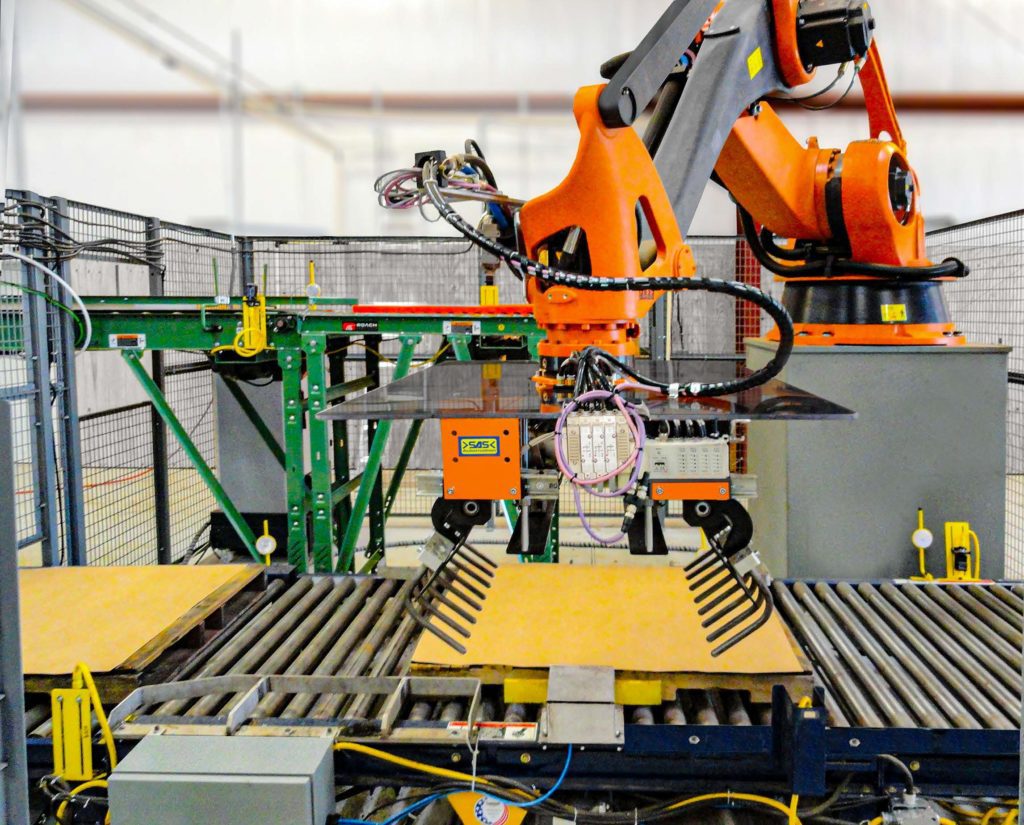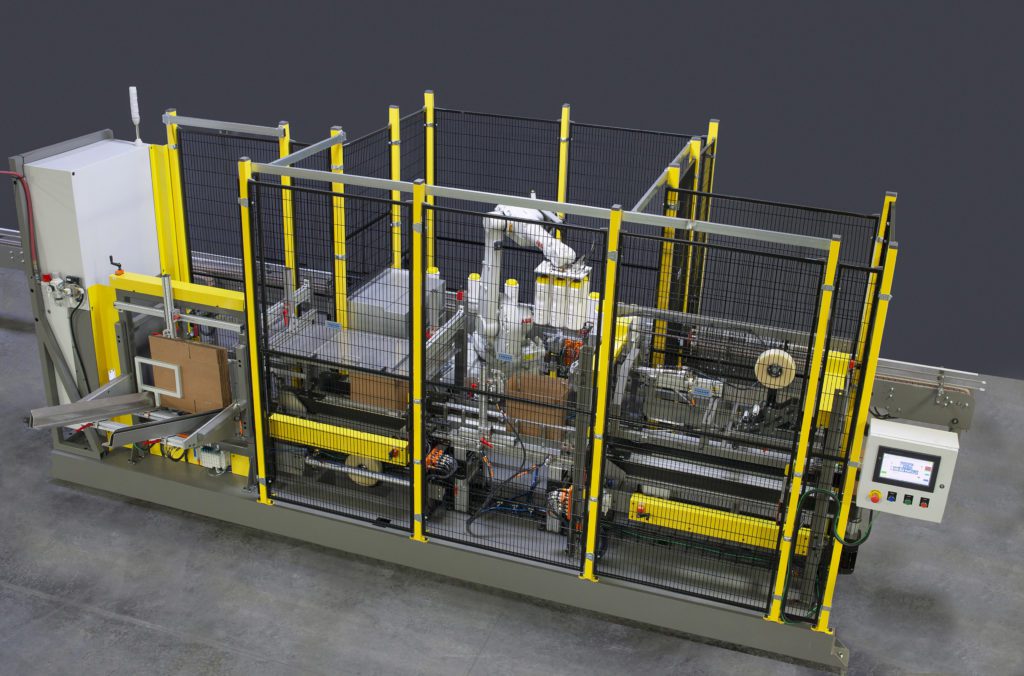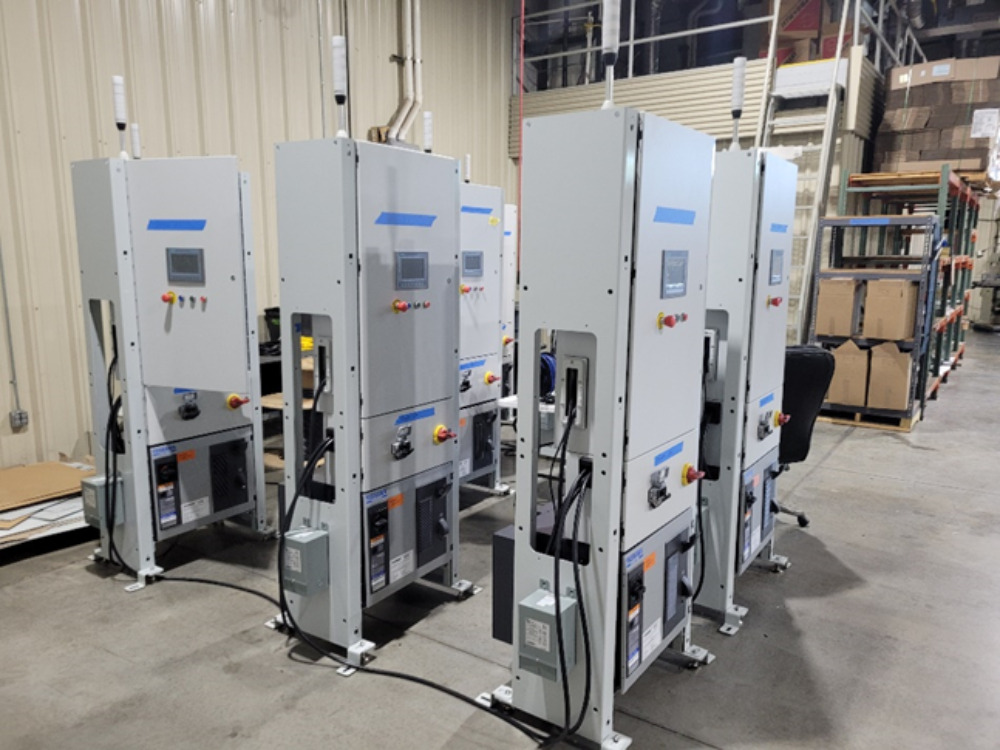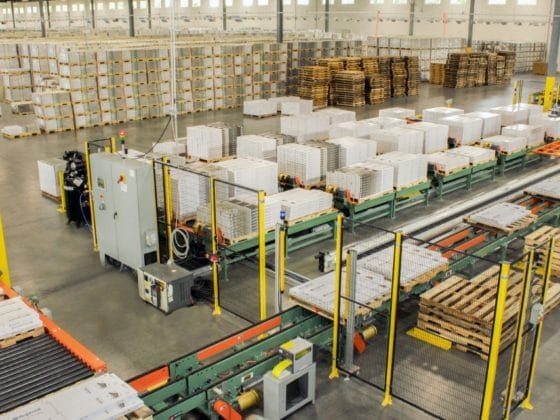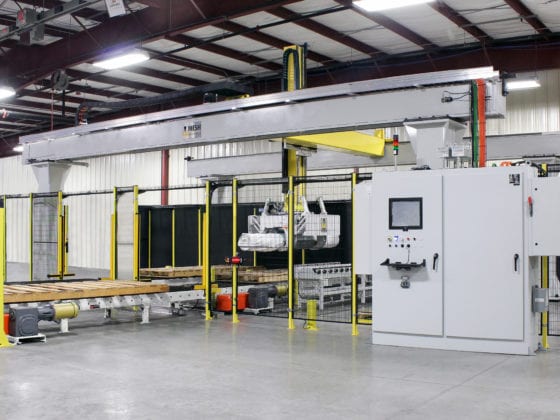MESH Warehouse Control Systems
The control system and software interface can be considered the most important part of your material handling system. The importance of how seamless it works, the data gathering capabilities, safety system, and how intuitive the human machine interface is (HMI) cannot be overstated.
At MESH, we have invested in our engineering team, software skills, and pre-engineered products to deliver at a high level in all the important control system categories. Our experience in warehouse automation, our robotics lineage, and our complete product line will instill confidence that MESH is your premium integrator to get the job done to your satisfaction. When it comes to safety, MESH does not compromise.
We perform a full risk assessment and work with your safety team to deliver a system that is safe and flexible for the future.
Control System Considerations
Warehouse Control System (WCS)
A Warehouse Control System is used to control the automated hardware in your warehouse so that sorting, routing, stacking, destacking, labeling and other functions perform per your specifications. Additionally, the WCS will gather and compile key metrics and data. It acts as the middleman between enterprise software that is running in the facility (WMS, WES or ERP) and the equipment such as a MESH Robotic Palletizer, AMR fleet, print and apply labelers, AS/RS, sorters, bar code tunnels, pallet destackers, and other equipment.
MESH has expertise in the design and implementation of WCS systems and has developed custom interfaces to many WMS/WES systems. Important areas to consider when specifying the desired performance of a WCS are shown below;
- Control design and hardware selection for efficiency and flexibility.
- HMI – How many, where to locate, multitier access considerations, information to display, languages.
- Sorter speed, function and type
- Bar code reading
- Scalability for future throughput and additional functions and equipment
- Real time data gathering and how to compile that data in a useful way.
- Data storage considerations
- Track and tracing of product.
- Labeling
- Dunnage considerations
- Upstream and downstream equipment – ie: Robotic Palletizers, AMR’s, Packaging equipment
- Transaction Manager
- Scheduling and Planning
- Recipe Management
MESH Palletizing and Depalletizing Control – MESH has developed software that resides in the HMI specifically for palletizing operations. This software enables the operator to simply enter a new box size, number of boxes to pick and select from several stacking patterns the desired pattern. The software interacts with the robot controller and automatically directs the robot to perform the stacking operation. There are manual controls available in the HMI to tweak some robot moves if optimization is needed.
For destacking MESH uses a proven 3d vision sensor to find the package size and shape, pick it (using a load cell for feedback) with a robot, and remove the package for delivery to an outfeed devise such as a conveyor.
Control System Hardware – Our background in robotics translates into flexible control system design. Rockwell, Siemens and Omron are control platform brands that are commonly used by MESH. Panels are designed to UL508a standards with many conveniences and upgrades not seen on lower tier systems. For example, Segregated high voltage from low voltage, I/O Link, convenience port, high speed managed ethernet switch(es), multicolor stack lights, panel lighting for large panels, extra power supply capacity, spare panel space and our Enhanced Service Package consisting of remote access card and wifi enabled video camera(s).
Can your Operation Benefit from a MESH WCS?
A well specified and executed warehouse control system with key automated equipment such as a robotic palletizer (link to MESH palletizer page) or AMR (link to AMR page) system will result in an operation that is functioning seamlessly with the appropriate data at your fingertips for recognizing trends, KPIs and making data driven decisions. This will ultimately result in lower operating expenses, improved order accuracy, improved package/pallet quality and improved personnel retention. In other words a great ROI.

